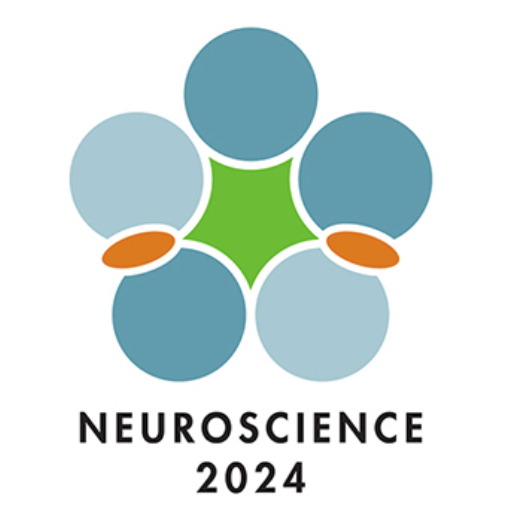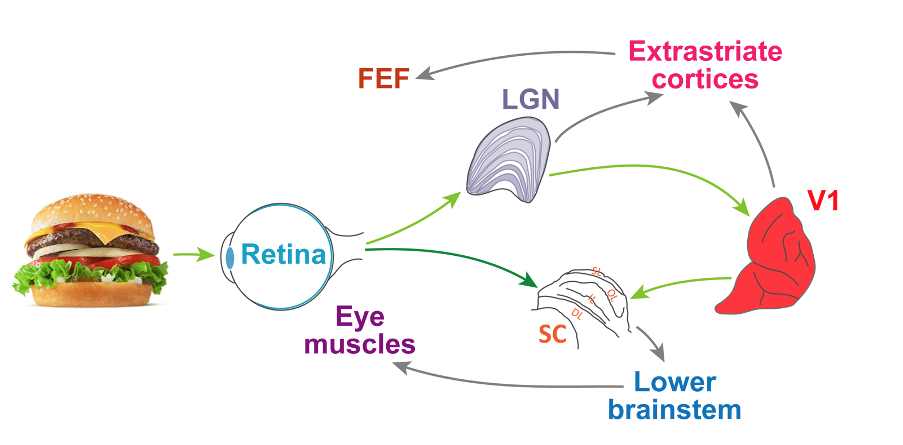
Our lab participated in this year’s Society for Neuroscience Annual Meeting, which took place in Chicago!
Carlotta presented an exhaustive comparison of superior colliculus (SC) and primary visual cortex (V1) visual responses. She found that V1 neurons possess non-saturating contrast sensitivity curves, but exclusively for dark contrasts. This suggests that V1 neurons more faithfully transmit dark image information to the rest of the brain than bright image information. In the SC, the contrast sensitivity curves were always saturating, and with low semi-saturation contrasts. This suggests that SC neurons are better suited for detecting either bright or dark image contrasts.

Tanya presented new results following up on our work regarding the role of the primary visual cortical pathway and alternative visual pathways in visually-guided behavior. She used lateralized sounds, combined with reversible V1 inactivation, to further support our hypothesis that multi-sensory information can “activate” dormant visual-motor pathways bypassing the primary visual cortex.

And, last but not least, Tong gave a great talk on how foveal SC neurons emit a “trigger” signal that jumpstarts the process of orienting gaze towards peripheral targets. What’s remarkable is that these foveal trigger signals seem to also occur in reflexive saccade paradigms. These results suggest that the SC might have a mechanism to allow it to change its operating regime from one of visual processing to one of driving saccadic gaze shifts.

